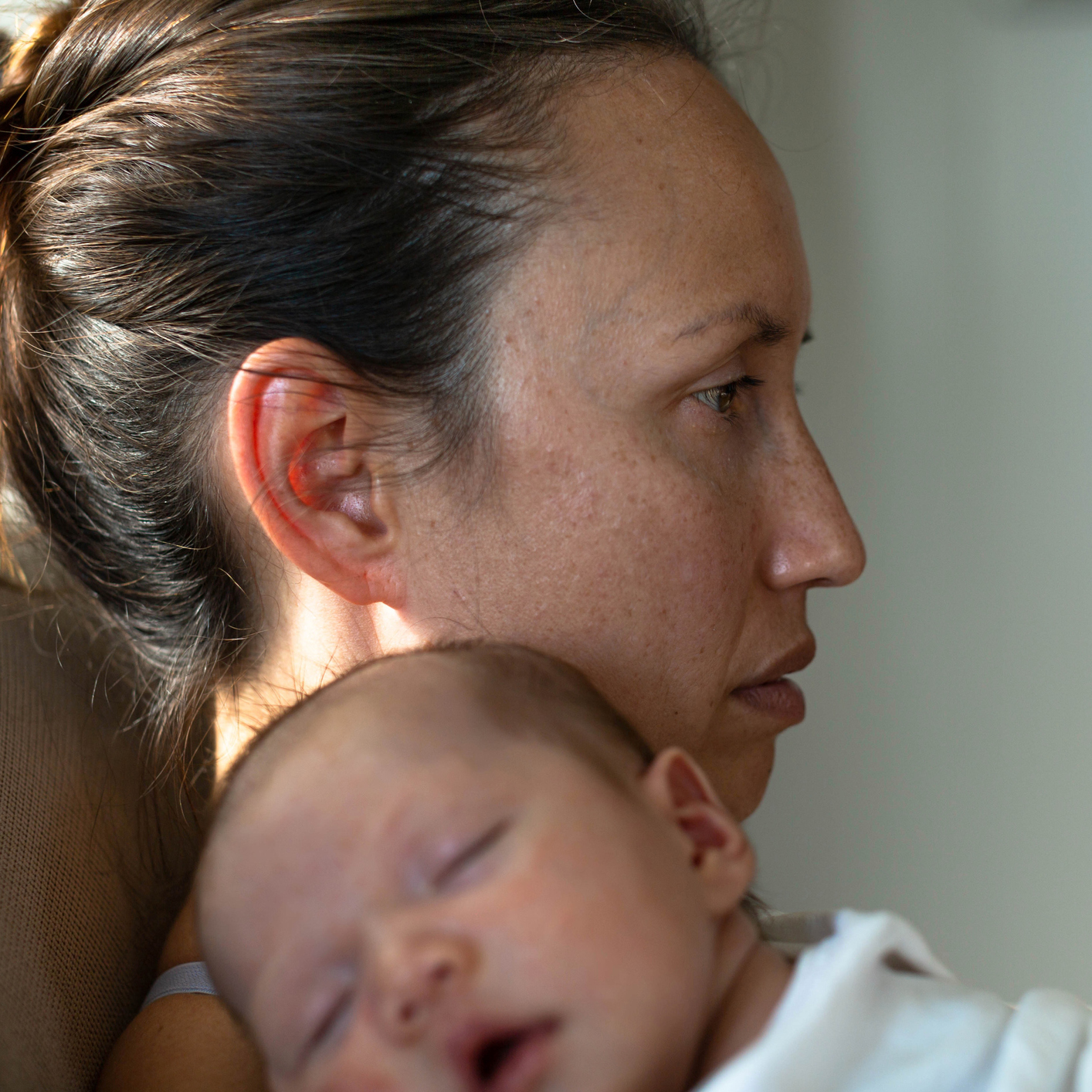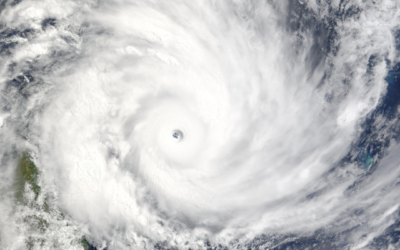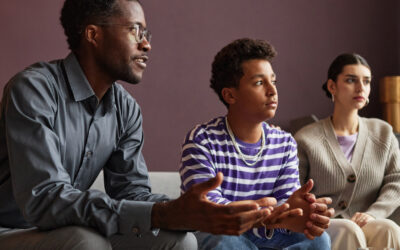As an expectant mom, I remember feeling overwhelmed by cribs, crib sheets, blankets and pajamas. So much information to remember! One evening, I read something that made me panic – crib sheets could be hazardous or even deadly. Who knew? Not this first-time mom. It all seemed so complicated and too much to worry about. It left me in a dramatic puddle of tears.
Knowledge is power; we know so much more than we did almost two decades ago. Too many babies die each year in South Carolina due to unsafe sleep practices, but there are things we can do to help prevent infant deaths.
For roughly the first 12 months of a baby’s life, we must be vigilant about suffocation and strangulation. The muscles in a baby’s head and neck have not developed, so they cannot easily turn their heads if they need more oxygen and to open their airways.
However, it does not have to be complicated, and you don’t need to know all the science. Remember ABCs of safe sleep in your baby’s first 12 months.
Alone.
Babies should sleep alone in their own space, like a crib, bassinet or play yard. Room sharing is great; bed sharing is not. Place the crib close to your bed so that the baby is within view and reach to easily feed, comfort and monitor your baby. Remember to put your baby back in their bed before you go back to sleep – no matter how hard it is to get up from your warm bed or how tired you may be.
Alone means no soft toys, blankets, bumper pads, pillows or other items. You don’t want them rolling into any of these items, which could block their airways. If you are worried about them being cold, consider getting a sleep sack. You can also swaddle them up to 8 weeks old. While you may love that cozy blanket your best friend gave you, use it as a nursery decoration.
What is the only thing that can go in the crib with baby? A pacifier, and make sure it is not on a tether.
Back.
Place your baby on their back for all sleep times, for naps and at night. If you are worried that a baby spits up during sleep, their anatomy and gag reflex can help prevent choking. Babies who sleep on their backs are also much less likely to die of SIDS than babies who sleep on their stomachs.
At some point, your baby will start to rollover, front to back and back to front. That is a developmental milestone and good thing. Unless your pediatrician has given you different directions, you don’t need to return them to sleeping on their backs. Just start them there.
Cribs.
The crib mattress should be firm and, in a safety-approved crib. Your baby does not need a soft surface. Soft surfaces can increase the risk of sleep-related death. A firm sleep surface has been proven to reduce SIDS and suffocation. Check your crib (or any other baby gear) for recalls at the U.S. Consumer Products Safety Commission. Don’t use a crib that does not have instructions, is missing hardware or is broken. Make sure the surface is flat. Don’t use any of the sleeping wedges or incline the mattress.
Back to those crib sheets, they should be fitted with elastic corners that hold the sheets into place. You want it to be tight enough so that extra material does not bunch up around baby, especially its nose and mouth.
Where this gets hard
As a parent, we all have had times when our baby falls asleep in a car seat, stroller, swing, infant carrier or sling, and we need a few more minutes before they wake up. It is the pits to have to move a sleeping baby. However, getting them to their firm sleep surface as soon as possible is the safest, and smartest thing to do.
Smoking increases the risk for unsafe sleep deaths, and you may have to have a hard conversation with family members or take the difficult steps to quit yourself.
If you are extra tired, have been drinking alcohol, have used marijuana, or are taking any medicines or illicit drugs, please do not share a bed with your baby. The risk of sleep-related infant death dramatically increases with these risk factors.
I see this picture on social media all the time: Baby is visiting grandparents, and that grandparent falls asleep with baby in their arms. Everyone “oohs” and “aahs” over the adorable picture, giving it lots of hearts and thumbs up. To me, it is one of the scariest pictures on the internet.
When my babies were small, I remember loving those late afternoon naps with them on the bed or the couch. Pillows and cushions would be stacked around us, and we would drift off. It was like sleeping with my little heater. I cringe now at the “what if” and the “could have happened to us.”
There is a lot of science behind these safe sleeping recommendations from very smart people. Check out what the experts say at the American Academy of Pediatrics, CDC, and many others. If you want to learn more, here are a few of these expert resources:
- How to Keep Your Sleeping Baby Safe: AAP Policy Explained
- SUID and Safe Sleep Overview by American Academy of Pediatrics
- Helping Babies Sleep Safely by the CDC
You will have someone tell you that they raised a whole bunch of children, put them to sleep on their tummies, and everyone turned out just fine. Some co-sleep with their infants from a very young age. And more who will insist on that blanket on that very cold night.
The problem is that those babies are not always fine; those families now face the unimaginable.
Remember you are the parent. Have confidence in your knowledge and decisions and help others understand your rules for keeping your baby healthy and safe.





